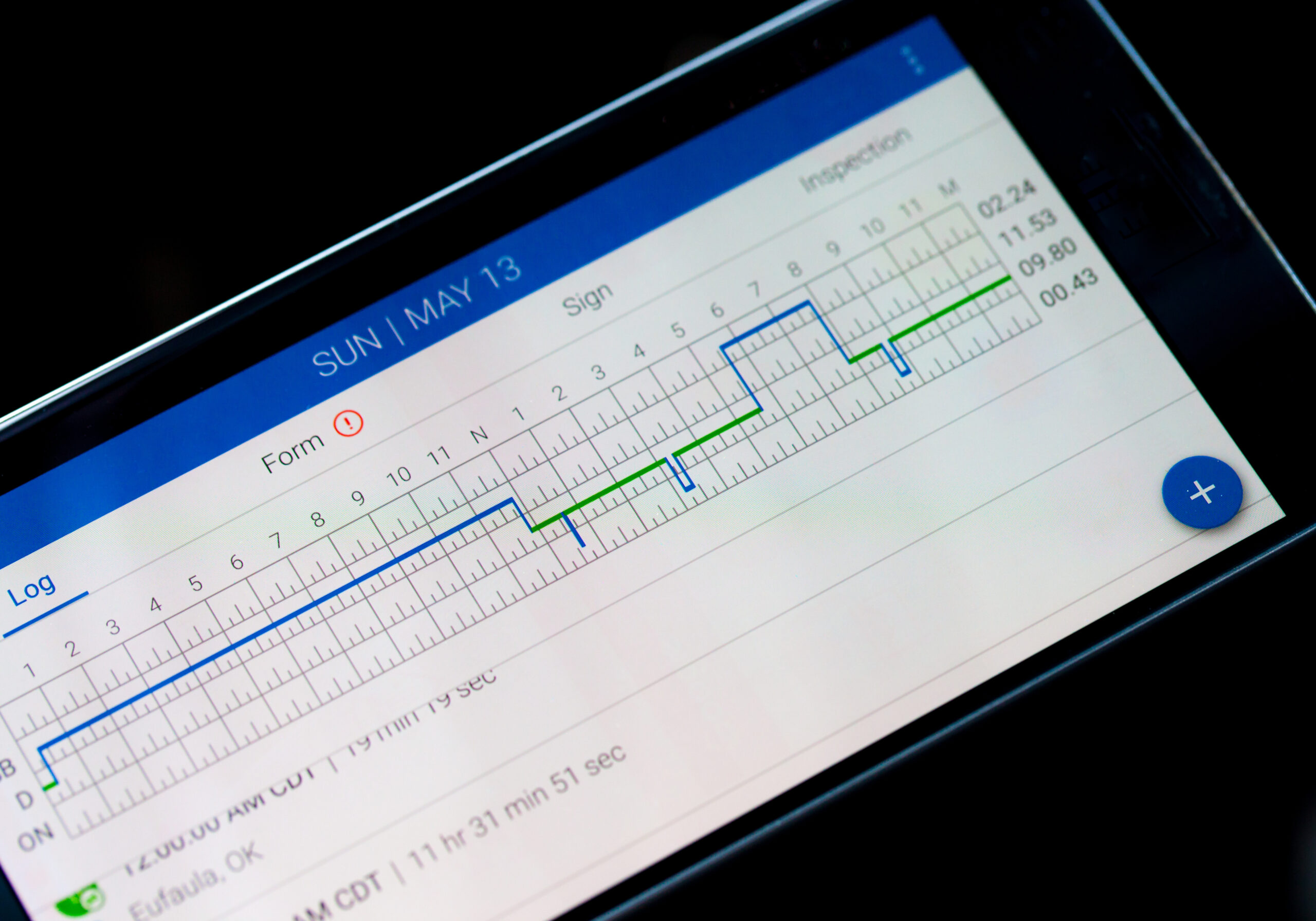
Unassigned Miles And Managing AOBRD And ELD Data
Unassigned Miles and Managing AOBRD and ELD Data
The primary purpose behind the new Electronic Logging Device (ELD) rule is to ensure that every time the wheels on a truck move – the movement is captured by the ELD and assigned to the appropriate driver. The Federal Motor Carrier Safety Administration’s (FMCSA) goal is to prevent drivers from exceeding Hours of Service (HOS) limits by hiding or not recording drive time. Therefore, any drive time that is not assigned to a driver will be one of the main focuses of the FMCSA or state enforcement agencies during an audit or compliance review.
Unassigned drive time can quickly accumulate if not managed daily. Although drivers may have various reasons for not logging into a device, one motive may be to evade the rules in an attempt to drive more than the HOS limits allow. While ELDs are required to show unassigned drive time – drivers are not required to “accept” that time. If the proper driver does not assume “unassigned” drive time, the burden to track and assign that time falls on the motor carrier.
Motor carriers should select an ELD system that produces appropriate reports showing all unassigned drive time for every ELD and Automatic Onboard Recording Device (AOBRD) in use in their fleet. Motor carriers should work with drivers to quickly address all unassigned drive time to ensure the drivers’ logs are correct. If a motor carrier does not assign all drive time, FMCSA or a state enforcement agency will ask to review all unassigned time and investigate why it was not assigned. Failure to assign the drive time will likely result in “false log” violations for those drivers that should have accepted drive time and may result in a downgrade of a carrier’s safety rating.
There are other ELD data requirements a motor carrier is required to monitor. These include malfunctions, data diagnostic issues, other information the systems capture that may signal a problem or tampering by a driver.
In addition to addressing unassigned drive time and other ELD outputs, there is also the “supporting document” requirement. This requirement verifies if drivers are properly logging activities such as fueling, roadside inspections and other tasks as “on-duty” time.
The Scopelitis Regulatory Compliance Team regularly works with and counsels motor carriers on ELD and AOBRD systems and how best to manage the data and potential violations found in the systems.
A quarterly newsletter of legal news for the clients and friends of Scopelitis, Garvin, Light, Hanson & Feary
News from Scopelitis is intended as a report to our clients and friends on developments affecting the transportation industry. The published material does not constitute an exhaustive legal study and should not be regarded or relied upon as individual legal advice or opinion.

Unassigned Miles And Managing AOBRD And ELD Data
Unassigned Miles and Managing AOBRD and ELD Data
The primary purpose behind the new Electronic Logging Device (ELD) rule is to ensure that every time the wheels on a truck move – the movement is captured by the ELD and assigned to the appropriate driver. The Federal Motor Carrier Safety Administration’s (FMCSA) goal is to prevent drivers from exceeding Hours of Service (HOS) limits by hiding or not recording drive time. Therefore, any drive time that is not assigned to a driver will be one of the main focuses of the FMCSA or state enforcement agencies during an audit or compliance review.
Unassigned drive time can quickly accumulate if not managed daily. Although drivers may have various reasons for not logging into a device, one motive may be to evade the rules in an attempt to drive more than the HOS limits allow. While ELDs are required to show unassigned drive time – drivers are not required to “accept” that time. If the proper driver does not assume “unassigned” drive time, the burden to track and assign that time falls on the motor carrier.
Motor carriers should select an ELD system that produces appropriate reports showing all unassigned drive time for every ELD and Automatic Onboard Recording Device (AOBRD) in use in their fleet. Motor carriers should work with drivers to quickly address all unassigned drive time to ensure the drivers’ logs are correct. If a motor carrier does not assign all drive time, FMCSA or a state enforcement agency will ask to review all unassigned time and investigate why it was not assigned. Failure to assign the drive time will likely result in “false log” violations for those drivers that should have accepted drive time and may result in a downgrade of a carrier’s safety rating.
There are other ELD data requirements a motor carrier is required to monitor. These include malfunctions, data diagnostic issues, other information the systems capture that may signal a problem or tampering by a driver.
In addition to addressing unassigned drive time and other ELD outputs, there is also the “supporting document” requirement. This requirement verifies if drivers are properly logging activities such as fueling, roadside inspections and other tasks as “on-duty” time.
The Scopelitis Regulatory Compliance Team regularly works with and counsels motor carriers on ELD and AOBRD systems and how best to manage the data and potential violations found in the systems.
News from Scopelitis is intended as a report to our clients and friends on developments affecting the transportation industry. The published material does not constitute an exhaustive legal study and should not be regarded or relied upon as individual legal advice or opinion.